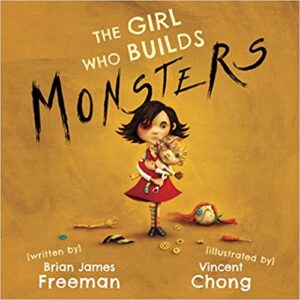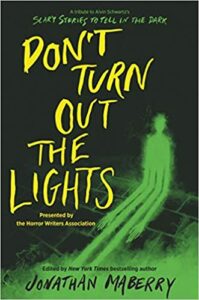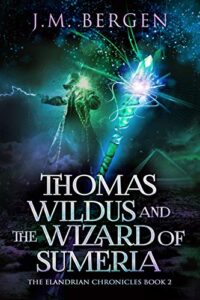The Girl Who Builds Monsters by Brian James Freeman, illustrated by Vincent Chong
Cemetery Dance, 2020
ISBN-13 : 978-1587677656
Available: Hardcover
Emma is lonely. The kids in town think she is a monster because of the birthmark on her face. She lives with her grandfather, who owns a doll factory where he designs and manufactures beautiful dolls, with perfect faces and bodies, for sale. One day, Emma finds a room of rejected and damaged machinery and doll parts, and starts to create dolls herself. They are imperfect, even monstrous, but Emma loves them, and takes them home, where she already has beautiful dolls her grandfather has made for her. At night, when Emma is asleep, all the dolls come alive. Unlike the kids in town, the perfect dolls welcome the monster dolls, and they all play together happily. The monster dolls are more adventurous and confident than the perfect dolls, though, and when robbers break into the house one night, the monster dolls come up with a plan to trap the thieves and protect Emma and her grandfather. Knowing they are supposed to keep their nighttime activites secret, the monster dolls charge the thieves, terrifying them into falling through a trapdoor in the hallway floor and saving the day. Looking monstrous on the outside doesn’t stop them from either being loved or acting out of love. On its own, it’s a sweet little story.
However, Vincent Chong’s illustrations really up the creepiness factor. It’s one thing to write about dolls, and another to draw them. I saw some aspects in the illustration, design, and use of font in the book that reminded me a bit of some of Dave McKean’s illustrations in The Wolves in the Walls. The people in the book are not realistically depicted, but the dolls seem much more real. In sharing this book with my daughter, the absolutely creepiest moment for her was the two-page spread of the brightly drawn automated doll assembly line (although the monster dolls’ nighttime attack on the thieves was a close second), so it’s likely that the dolls’ uncanny nature may cause unease in some children, Emma herself is an adorable, if mostly sad, little girl. Chong shades her birthmark in while not letting it define her face or personality, and it is really wonderful to see her imagination at work as she takes ownership of turning damaged pieces into imperfect dolls that she can relate to. In Chong’s illustration of the dolls seen through Emma’s eyes, the monster dolls don’t seem monstrous.
For me, one of the things that makes this an absolutely outstanding book and a choice I would recommend for anyone working with elementary aged children is that it is one of the few picture books out there that depict disability in a positive and respectful way. Too often picture books about disabled people are educational texts describing a child’s disability for abled peers, and in the few fictional picture books, disabled people are rarely depicted as multifaceted individuals with positive characteristics. In fiction in general, disabled people are usually presented stereotypically, as either someone to feel sorry for (like Beth in Little Women), someone inspirational (think Auggie from Wonder), someone with “magical” abilities (Charles Xavier of the X-Men), or a villain. In horror in particular, villainy is frequently signified by disfigurement or masking (some of the classics in horror fiction include the Phantom of the Opera, the Invisible Man, and Dorian Gray ). Brian James Freeman has done a great job at subverting the trope of disability and disfigurement as villainous and monstrous, and celebrating imperfection, and it’s really exciting to see this. Highly recommended for grades K+.







Follow Us!